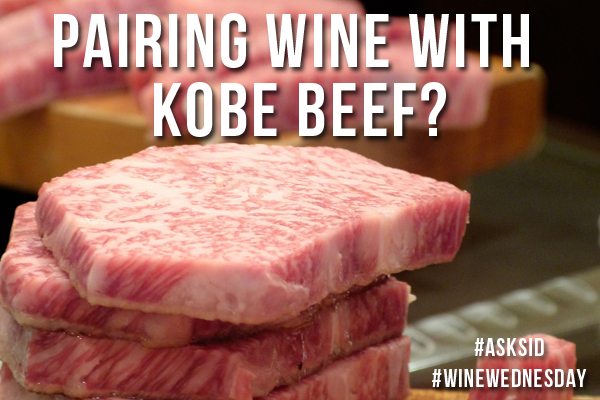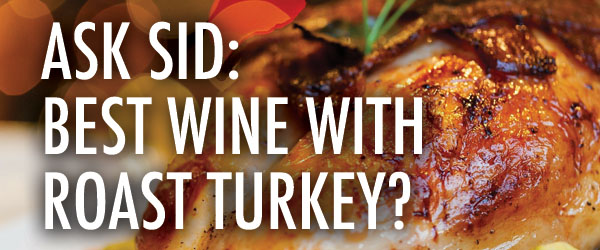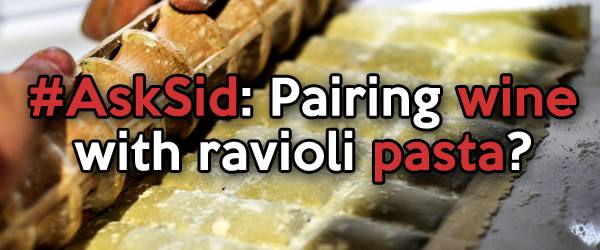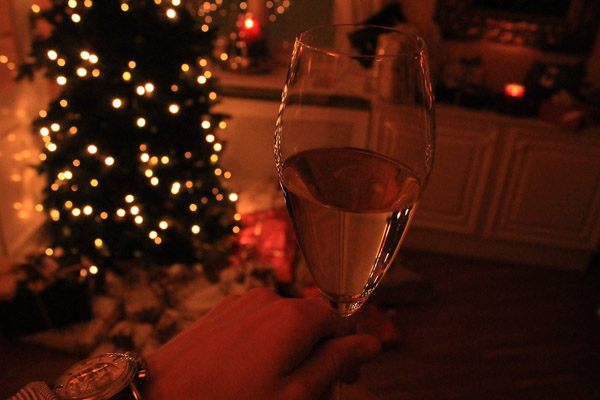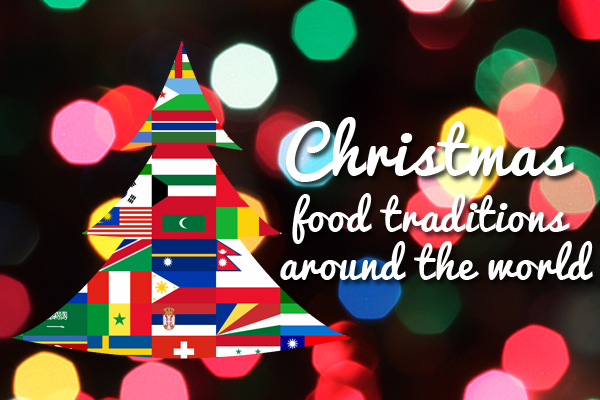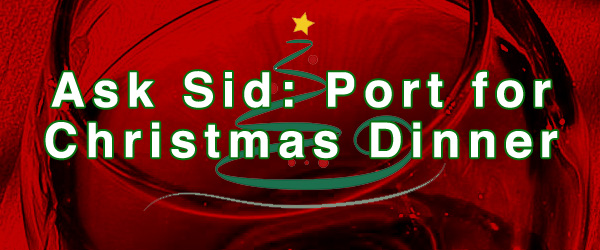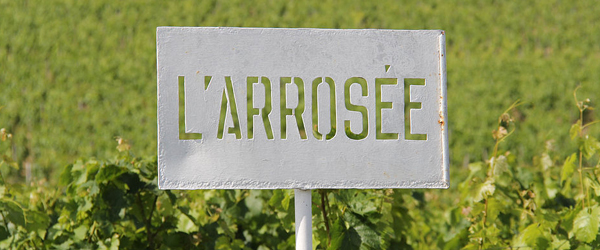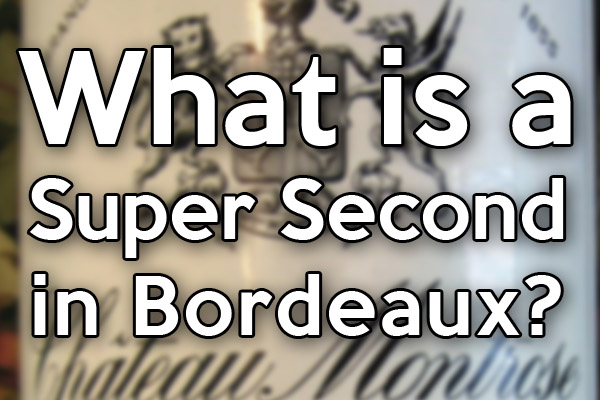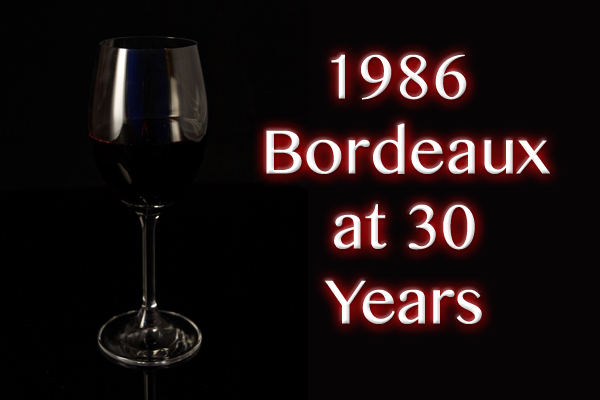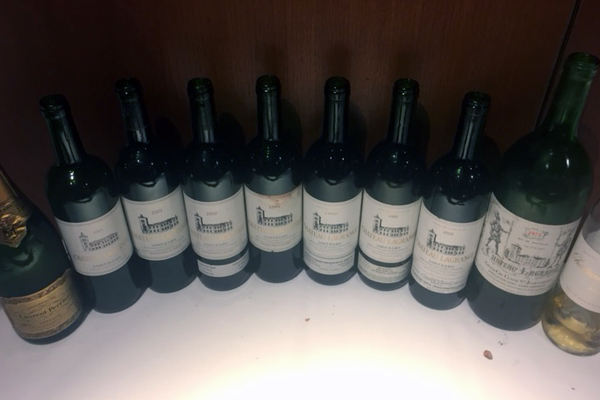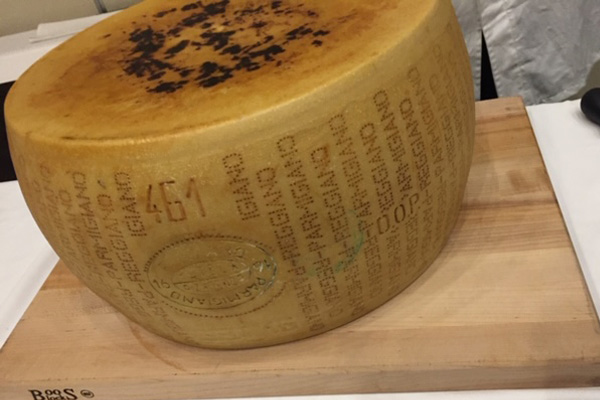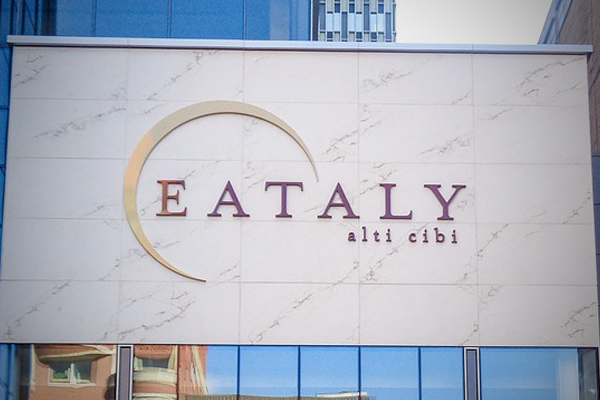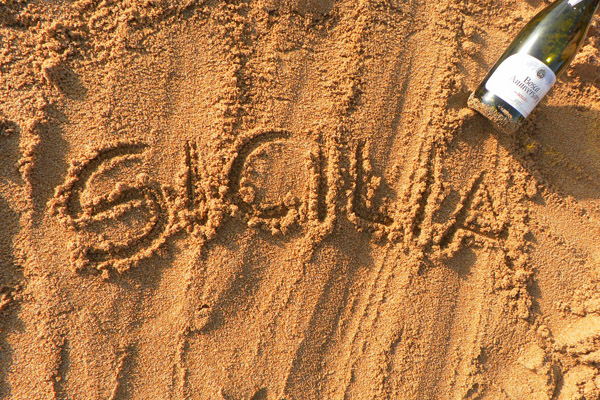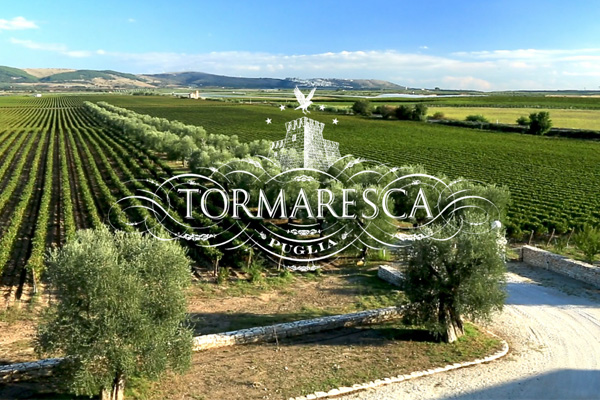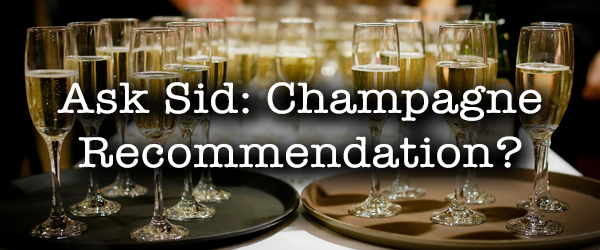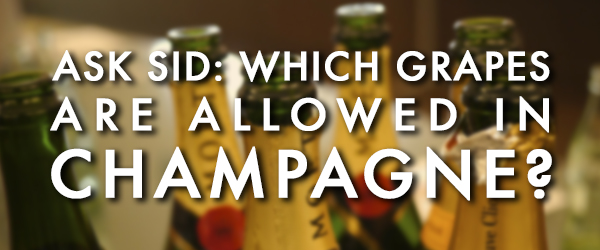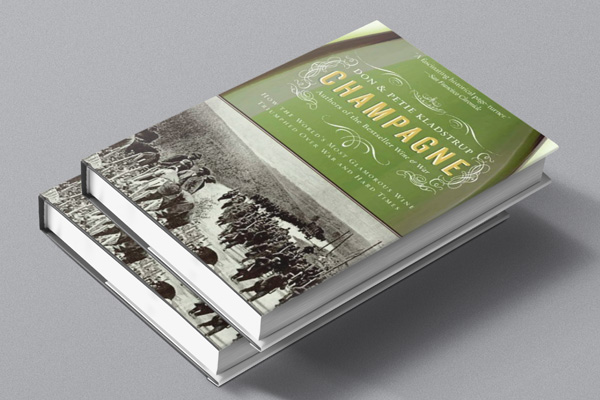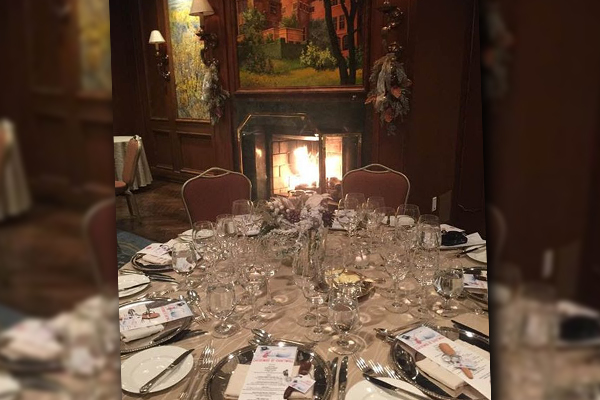
It is the festive season 2018 and now only two weeks until Christmas. The family of The International Wine & Food Society comprises members from around the world organized into 3 zones of The Americas, Asia/Pacific, and Europe/Africa. The largest membership is in The Americas with over 70 branches of more than 2400 members. Also vibrant are both Asia/Pacific of 26 branches with over 900 members across 14 countries and the far reaching Europe/Africa ranging from Cape Town to Moscow and many stops in between. Many of our branches will be holding events this month to celebrate the Christmas season plus acknowledging thanks for a successful 2018 program and welcoming in 2019. Your scribe is a long time member of the Vancouver Branch and has been fortunate to attend so many such events each December. Variety has been a key but in the old days we worked specifically to present our annual Christmas dinner with a theme using the traditional food specialities from a different country including England, Holland, Norway, Denmark (delicious Cauliflower & Shrimp) etc. Remember excellent goose (weihnachtsgans) & stollen from Germany, herring from Sweden, plum pudding “pud” from England, Buche de Noel from France, panettone from Italy, gazpacho from Spain and so many more. At that time in the Vancouver group a committee planned and cooked these ethnic dishes for a sit down dinner in a private home for as many as 50 members. Well done!
Great nostalgia for older members to return to The Four Seasons Hotel where we have held so many past wonderful dinners. The Vancouver Four Seasons has a marvellous room named Chartwell which is so suitable for such an occasion with decorated trees and a warm fireplace fire burning. Marvellous décor. Our branch is fortunate to have the amazing organizational talents headed by Milena & Jim Robertson who put together another memorable menu served on December 9, 2018 as shown, that was exquisite. The singing of Christmas carols led by members who sing in a choir was another togetherness feature enjoyed by the enthusiastic group attending. It would be exciting and informative to learn from all of you what the other IWFS branches do for their holiday event at this time of year. Please share this by posting a comment on this site.

center
You might also like:



